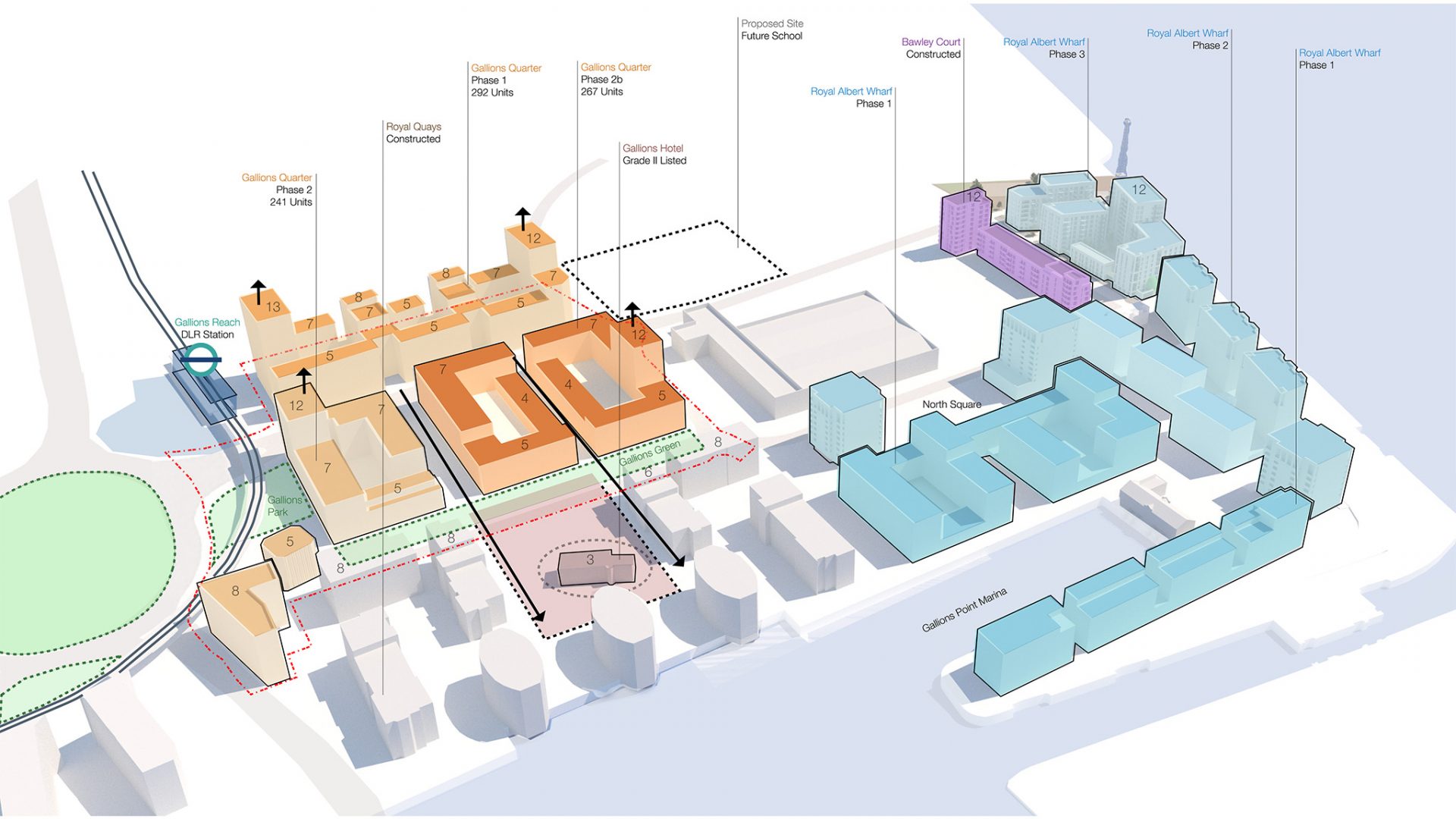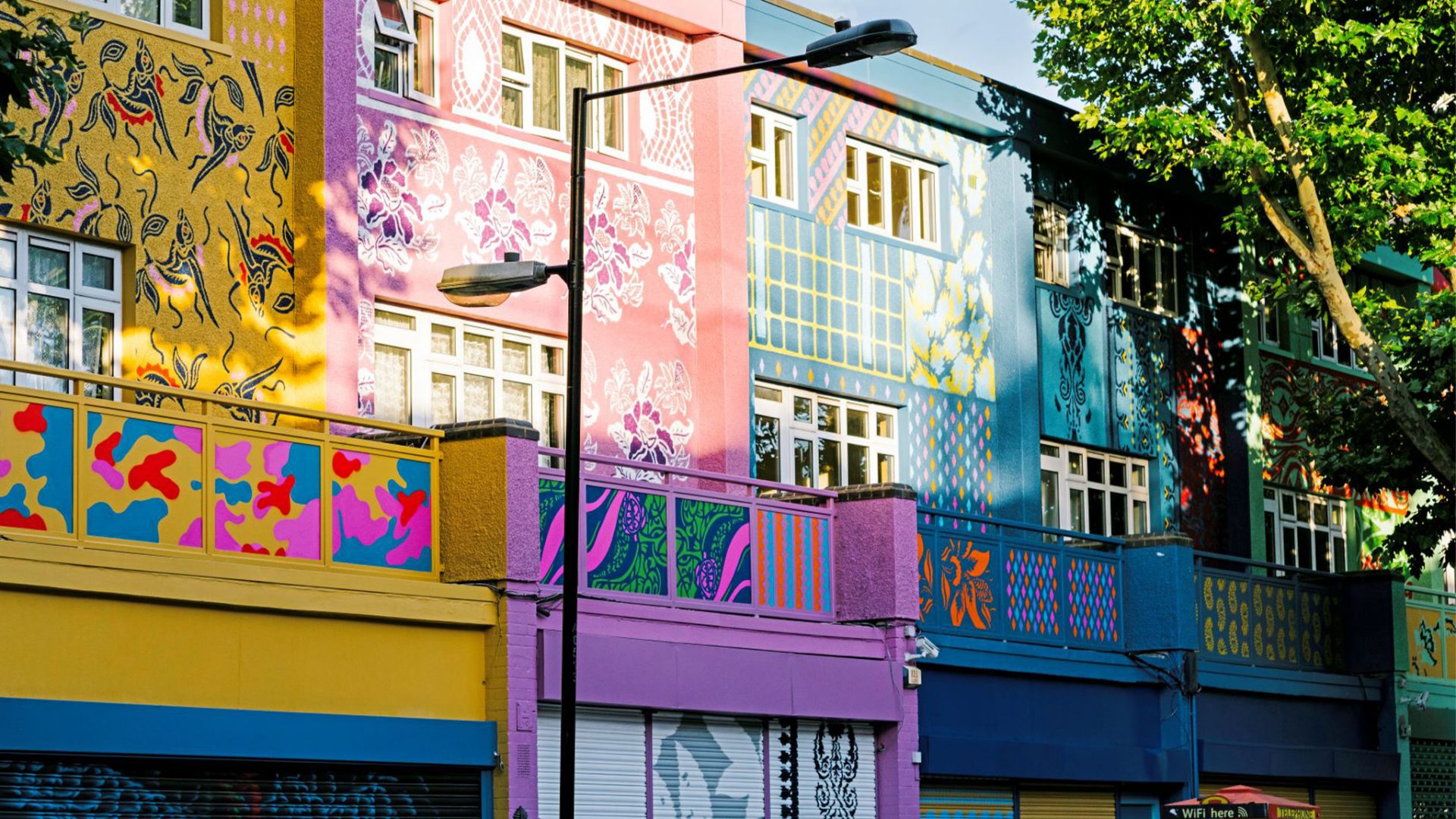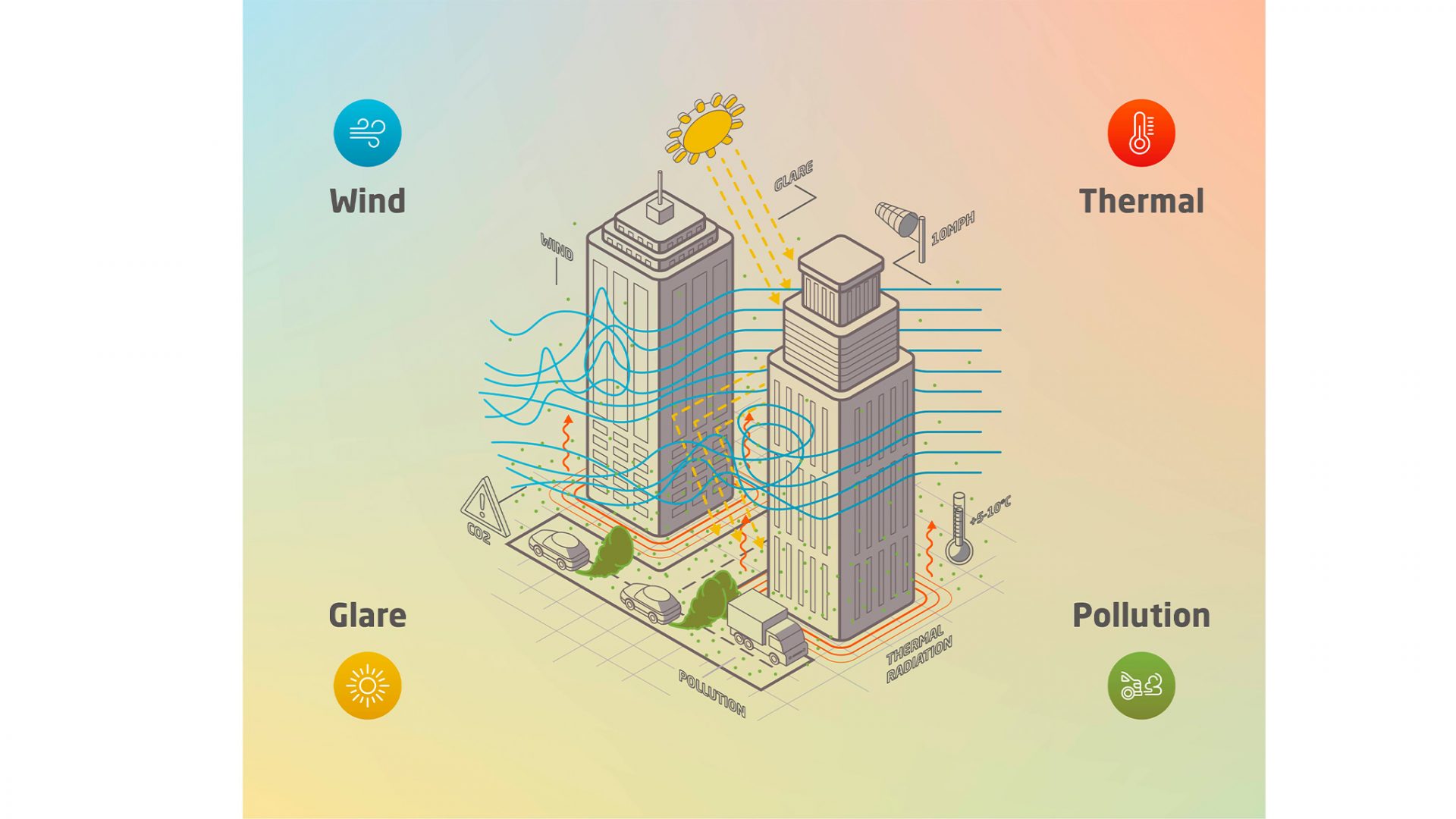
- This essay from Emma Dent Coad, MP for Kensington and Chelsea, is part of a series of essays on identity and architecture commissioned by the LFA.
It can take me half an hour to buy a pint of milk from my corner shop. It’s not a long way. I don’t have limited mobility. But I live in the kind of neighbourhood where you get into several conversations on the way there, in the shop, and on the way back. Some days this can get annoying, but on the whole there’s nowhere else I’d rather live. If your car breaks down, if you seem fed up, if you’re unwell, there’s always someone friendly you can ask for help. Welcome to North Kensington.
There are places like that around Kensington and indeed across Kensington and Chelsea. And when constituents come to me to fight some local planning application, it is often the loss of these connections, this microcosmic living in their urban village, which they fear the most.
What we’ve seen and heard recently from the Grenfell survivors is precisely that umbilical connection with their neighbourhood. They knew each other. Their children played together, in the walkways, on the landings, up and down the building. Many had lived there a long time. The Tower, and the estate surrounding it, was a neighbourhood of families, not only blood family – which can often disappoint – but those they chose to adopt as family. Many were my friends too.
Lancaster West wasn’t perfect – and some of the facilities planned at the outset were never delivered. There should have been shops, GP surgery, and all the other daily essentials. But they were available nearby. There was open space, grass and trees, kickabout spaces. Then over years came the gradual erosion of the original concept. Green lung built over. Sports pitches moved away and monetised. No caretakers. Anti-social behaviour. Management and maintenance done on the cheap. Then finally, the refurbishment of the Tower, done to make it look better for the benefit of planned future neighbours, and decidedly not for the benefit of the Tower residents.
So what was being planned for the neighbouring SIlchester West estate which necessitated this cheap and deadly façade upgrade? Total demolition of cc500 homes to be replaced by ghastly supposedly neo-classical high-rise blocks, with narrow sunless courtyards. So, we asked, at the so-called consultation meetings, are those new blocks right up against the Westway the affordable blocks? Do you know how bad the pollution is around here? Oh, they told us, we haven’t decided who will live there yet.
Because the Council and their overpaid planning consultants really think people are that stupid.
They said ‘North Kensington is the future South Kensington’. And they meant it. But these vapid anti-community aspirations tragically went up in flames, along with 72 of my neighbours. Silchester stays. It will now be refurbished.
Good planning and architecture should allow people to flourish, to stamp their own character on their neighbourhood. It should be the backdrop to the lives they wish to live. It should not control, define or impose certain lifestyles. But just look at some of our new developments, with floor to ceiling windows, curtains closed all day. Airless and windowless kitchens. No intermediate space outside. Why not think about how people live?
So how do we resolve these issues in a post-Grenfell Britain, and post-Grenfell London? The fire changed everything forever, and we must make sure it does. Let’s stop using that horrible word ‘regeneration’, which for social tenants means demolition of their homes and neighbourhoods, and wholesale decanting or forced removal to cheaper areas. Let’s look at where neighbourhood restoration, in all its many guises, comes from, and how it could be made to work for people.
We have neighbourhood plans, local authority Local Plans, and we have the London Plan. For all their fine aspirations, and after painstaking consultation, our Kensington and Chelsea Local Plan is ‘ok’ in many aspects. But then it is subjected to a reductive process by overpaid planning consultants, to squeeze out every last percentage point of profit for their clients. Residents are reduced to economic units. The finer aspirations for community living are deemed unviable to deliver. The lush parks of the visuals – with omnipresent child and red balloon – are reduced to narrow feature-less paved deserts with a few sad planting troughs. The promised new primary school goes private. The community centre goes out to tender and no GP can afford the rent on the health centre, so they turn it into a private gym.
The guilty parties here are the political class which, through ignorance, greed, or a genuine and malign intention of displacing low income families, have bought the protestations of developers.
The humanity has been sucked out of the planning and development process by the voracious demands of the international financial market, and the often sinister intentions of social engineering.
Frankly, the wrong people are in charge. Development Control has become Development Shock Troops.
I have just spent a few days in Barcelona, which I’ve been visiting since the early 1970s. Yes, some mistakes were made. But throughout the 1980s I was in contact with David Mackay, Barcelona’s City Architect. He told me over and again, that his job was to give the city back to the people. The little neighbourhood parks every couple of blocks. The pedestrianised Gothic quarter. The transformation of museums and art centres. Barceloneta with its beautifully restored warehouses. And most exciting of all – the gave the people the sea. Where once railways and industrial areas filled the space between the city and the water, there is now the Olympic Village, miles of promenade, and miles of man-made beach. It was a spectacular and generous gift to the people of Barcelona, which has paid back millions of times over.
So who has the power to deliver such a powerful vision for London? No one. Our dreams have been sold off to the international financial market, and replaced with plans for overpriced vanity bridges, and a competition for the most outrageously anthropomorphic or toy-like tower.
We have a planning process focussed on delivery, where we are the slaves of highly questionable viability and profit margins.
God help us – planning consultants are in charge of the future of London.
So who now will deliver the sublime civic spaces, the new or refurbished people-friendly neighbourhoods, providing housing for humans and not people warehousing? Who will demand that new schools should serve the immediate neighbhourhood, and that our elders should not – as we are seeing in Kensington and Chelsea – be forced into an elder warehouse in industrial estates? Who will monitor construction quality? Who will stop greedy developer partners building a generation of frankly shitty buildings?
Planning development has become an abstraction, a branch of the international financial market divorced from its purpose. And this has been revealed in horrific reality, with the fire at Grenfell Tower that should never have happened.
Enough.
I have written elsewhere about how to get the balance right between human need, architectural design, and neighbourhood or building management. I call this theorem ‘Soft, Hard and Plastic’.
Soft issues related to how people live, what provides a comfortable and convenient environment with everything you need close to hand, satisfying human need. Hard issues encompass the masterplanning and architectural design which delivers them, along with the construction quality which has become a huge concern. And plastic issues relate to building management and maintenance – so often an afterthought – where it should be forethought and planned into the project. Each of these elements should have equal importance.
I first wrote about this in relation to the original concept for Goldfinger’s Cheltenham Estate, the cradle to grave project with Trellick Tower at its core, plus nursery, GP, shops, family housing, sheltered housing, and a much cherished residential care home at its heart (shockingly demolished by the Council in 2009).
Without this balance between need, design and implementation, and after-care, we are lost. We are shoving people into units, and our elders into industrial estates.
If you want a stark vision of the future, as the impetus for change, come to Kensington and Chelsea and see just how wrong it can get.
We can, and must, do better. And that must be our legacy for the 72 dead, and hundreds displaced and traumatised, after the unforgivable and avoidable atrocity on my doorstep. The fire at Grenfell Tower must be a game-changer. And it’s our job to make sure it is.






